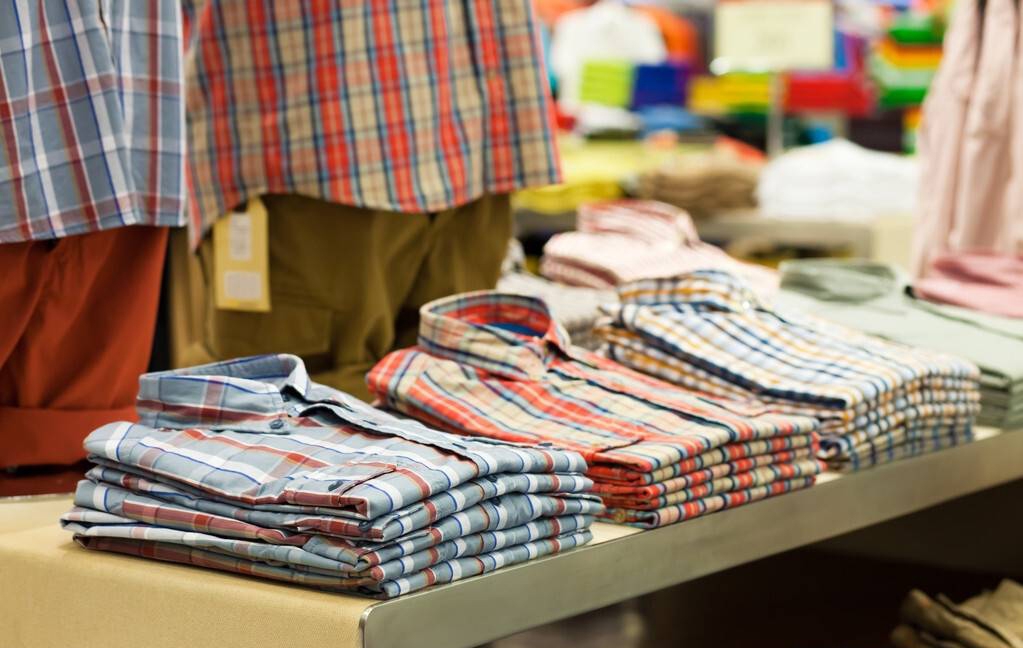Application of RFID Radio Frequency Identification Technology in Retail Industry

Inventory management
Through the RFID tags of commodity items, managers can make optimal adjustments to commodity prices in real time, effectively analyze commodity sales status and demand forecasts, commodity automatic replenishment, purchase control, etc. Mainly oriented inventory management process.
Configure a unique identifiable barcode or RFID electronic label for each product in the store. When the shopping guide uses a handheld terminal to scan the barcode/RFID label of the product, he can check the price, specification, inventory quantity and promotion information of the product. , convenient and fast, greatly reducing the workload of shopping guides, and improving customer satisfaction with the services of each store.
Self-service management
Through the cooperation of RFID tags and sensors, retailers can update the sales information of commodities in real time, monitor the quantity, arrangement and dynamics of commodities on the shelves, so as to replenish the commodities on the shelves, so as to achieve the consistency of planning and execution timeliness.
Anti-counterfeiting and traceability of RFID in retail industry
The principle of anti-counterfeiting is to write the product identification number (ID), that is, the anti-counterfeiting code, in the RFID chip. This ID is unique in all links such as production and sales; the chip is made into a label, and the electronic label is attached to the product to make it. become an integral part of the commodity. When the electronic label is forced to be separated from the commodity, the integrity of the commodity is destroyed, the commodity is considered to have been consumed, and the anti-counterfeiting ends.
Food safety incidents such as poisoned milk powder, leptin, gutter oil, dyed steamed buns, etc. have caused uproar, and RFID food traceability is the most effective technical means to ensure food safety. Using RFID as an information carrier, and relying on technologies such as network communication, system integration and database application, a set of information-based platforms for government supervision, sales and other links has been established. Build a whole-process traceability system to realize the records of every link of the entire industrial chain from production, processing, storage, transportation, to terminal consumption.
Smart shopping guide
Integrate IOT and sensor technology to customize the corresponding data acquisition hardware for clothing, footwear and accessories and other subdivisions, realize the interaction of product picking and try-on, and complete data collection at the same time. It is widely used in fitting rooms and fitting mirrors in stores. , display racks, hangers and shoe stools and other new retail scenarios.

Post Comments